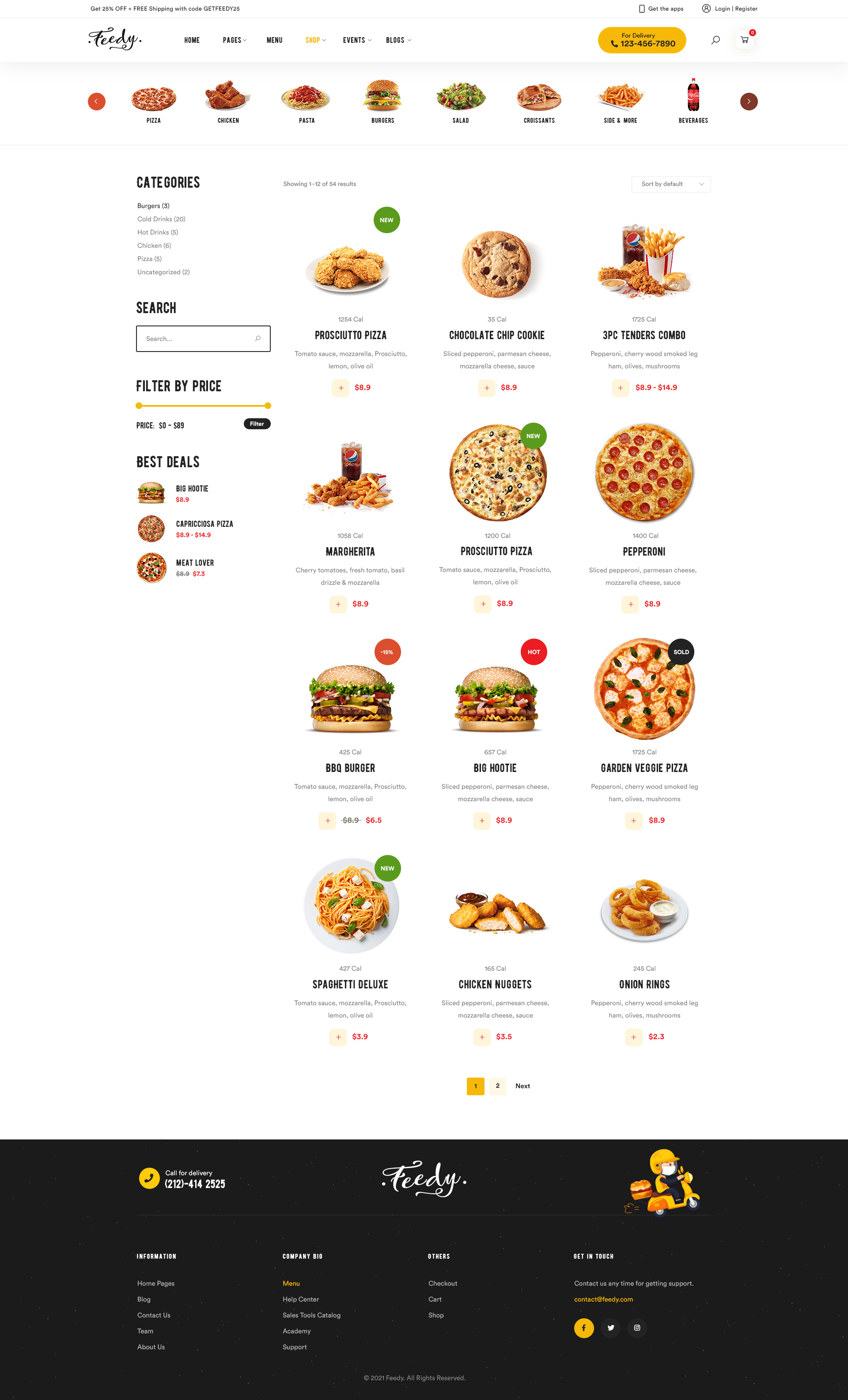

GRV was measured by aspiration using a 5-mL syringe prior to each feeding episode. Massage was applied before feeding in order to prevent regurgitation of gastric contents.īefore massage, the gastric residual volume (GRV), presence of abdominal distension, and abdominal circumference were evaluated. Abdominal massage was applied 15 minutes prior to feeding for 15 minutes three times a day for a five-day period. The infants were not recruited in the study during the first five days of life if the feeding volume was less than 10 mL/kg/day. The researcher was blinded to the infants’ group assignments.

The massage group received massage three times a day, while the control group received standard care ( Figure 1).Ī nurse trained in massage therapy conducted the intervention, and a researcher performed the measurements. The neonates were randomly assigned to two groups. Demographic data, including gestational age, birth weight, gender, age, and mode of feeding, were assessed in all subjects. The exclusion criterion was defined as a history of major congenital malformations, including congenital heart diseases, gastrointestinal anomalies, hypoxic injury, respiratory failure with ventilator support, and gastroesophageal reflux, leading to respiratory apnea and feeding intolerance. The inclusion criteria were as follows: (1) premature infants with an orogastric tube for enteral feeding in the NICU (2) birth body weight below 1500 g (3) gestational age of 28 - 32 weeks (4) no history of intestinal obstruction, abdominal surgery, or NEC and (5) no contraindications for abdominal massage. Based on similar studies in the literature ( 9, 10), the total sample size was calculated to be 56, and the study had 80% power. Randomization of the participants was performed through systematic sampling.
#Feedy healthy massage trial
This randomized open-label trial was conducted on low-birth-weight neonates, who were hospitalized in the neonatal intensive care units (NICUs) of two tertiary university hospitals in Babol and Tehran, Iran, from March 2016 to March 2017. This study aimed to investigate the effect of abdominal massage on the feeding tolerance of neonates with very low birth weight.ģ. However, the effect of abdominal massage has been less studied. in 2017 found that systemic massage causes weight gain and reduces the length of hospital stay in infants with very low birth weight ( 8). Up to present, several studies have investigated the effect of massage for premature infants and focused on the effects of systemic massage. On the other hand, increased vagal activity can lead to further food absorption because of higher gastric motility and increased level of hormones associated with food absorption ( 6).

Diego et al in 2007 indicated that a daily 15-minute massage of premature infants for five days resulted in increased vagal activity and gastric motility ( 7). It also results in weight gain and decreased hospital stay in premature infants ( 6). Previous studies have shown that massage has several benefits for infants, such as modified sleep patterns, weight gain, and improved GI tract function and development ( 4). Generally, infant massage involves passive touch ( 5). Massage is defined as the mechanical manipulation of soft tissues via rhythmic pressure to increase health and well-being. Therefore, use of strategies to increase the feeding tolerance seems necessary. It can also decrease several complications, such as necrotizing enterocolitis (NEC), prolonged hospitalization, sepsis, and problems related to prolonged total parenteral nutrition ( 3, 4). Enteral feeding, even if very restricted, can cause improvements in the GI tract development, function, and movement, in addition to the release of hormones ( 3). Functional immaturity of the gastrointestinal (GI) tract in premature infants causes several problems, including disturbed sucking and swallowing, delayed gastric emptying, ileus of prematurity, and intestinal immaturity, leading to delayed enteral feeding ( 2). Recent advances in antenatal, obstetric, and neonatal care, including nursing care, have decreased the mortality of premature neonates ( 1). Therefore, abdominal massage, which results in less abdominal distension and GRV, is recommended prior to enteral feeding for infants with very low birth weight.Ībdominal Massage Prematurity Preterm Infants Gastric Residual Volume Feeding Intolerance 1. We found that premature infants who received massage therapy experienced a significant decline in GRV, vomiting frequency, and abdominal circumference and a significant increment in the defecation frequency.


 0 kommentar(er)
0 kommentar(er)
